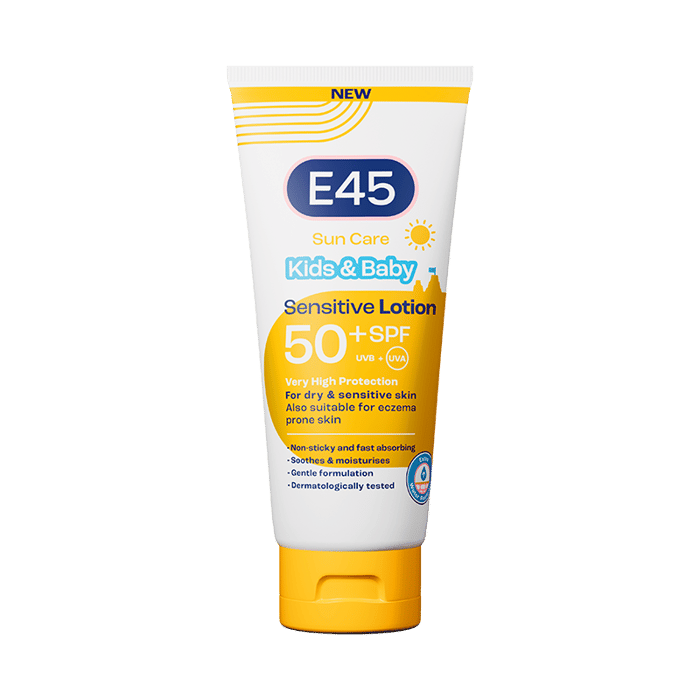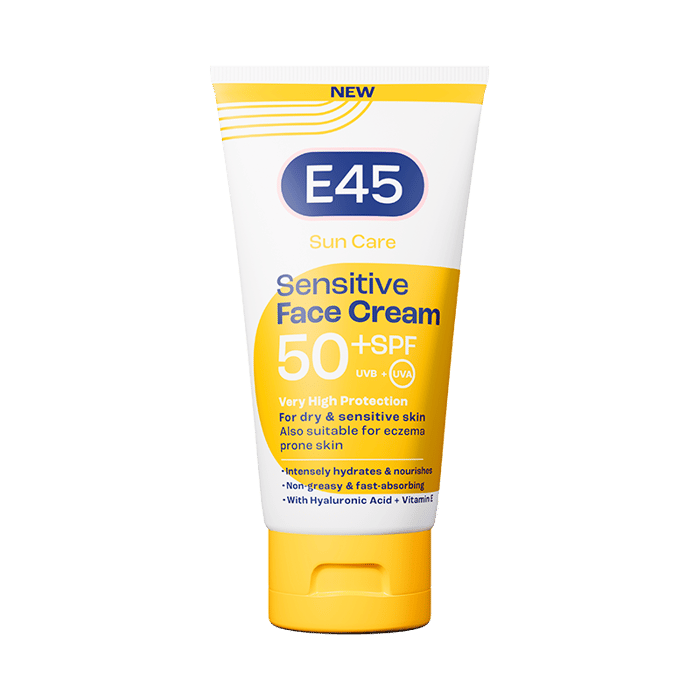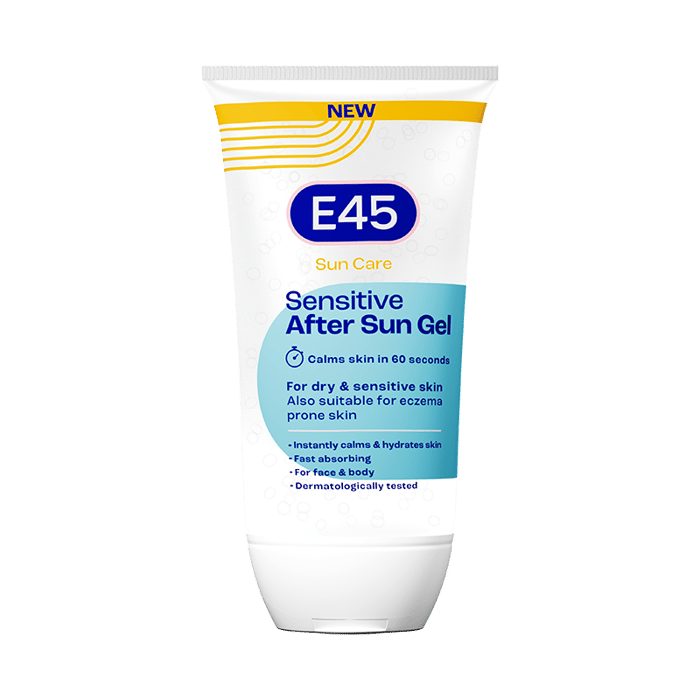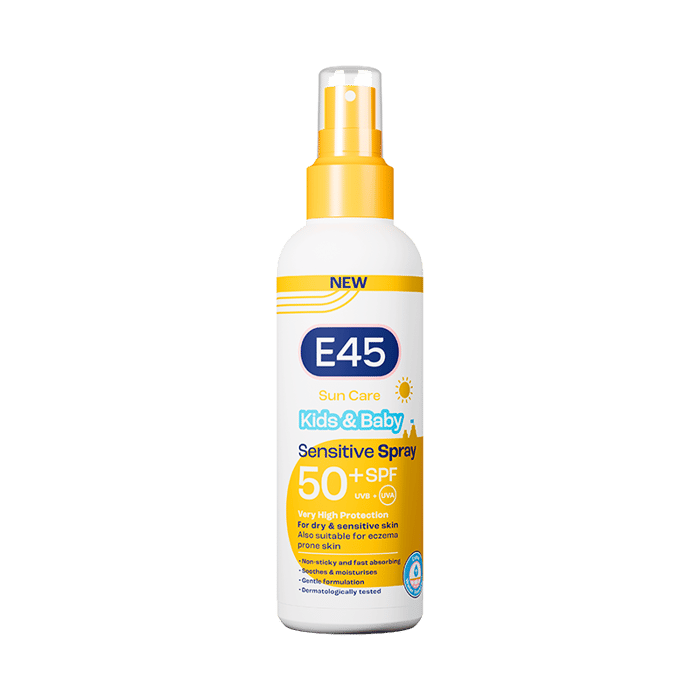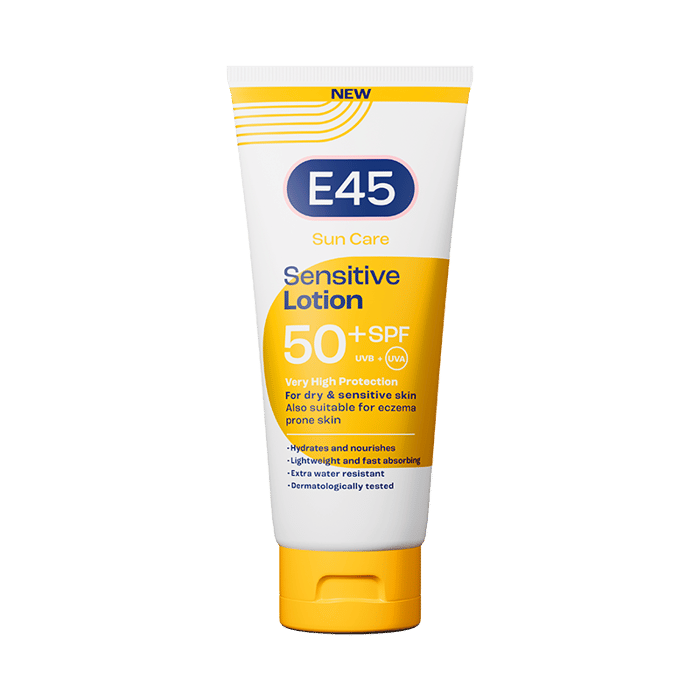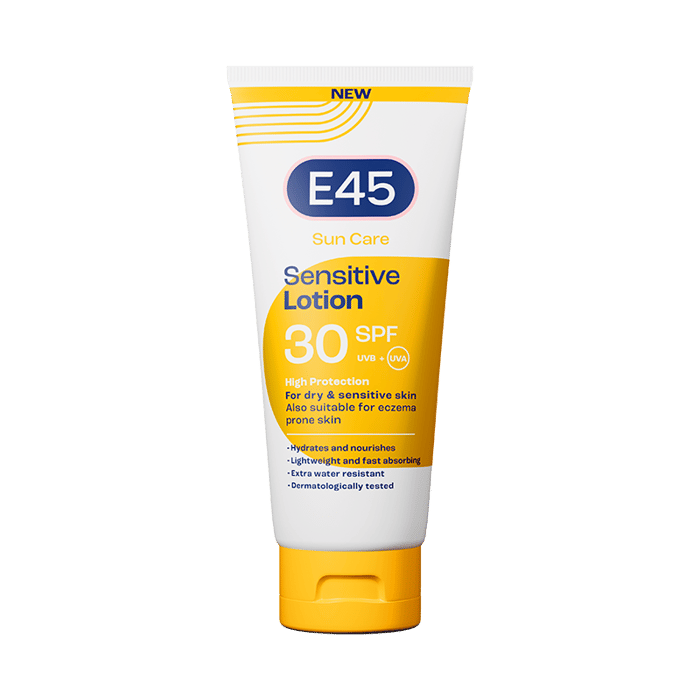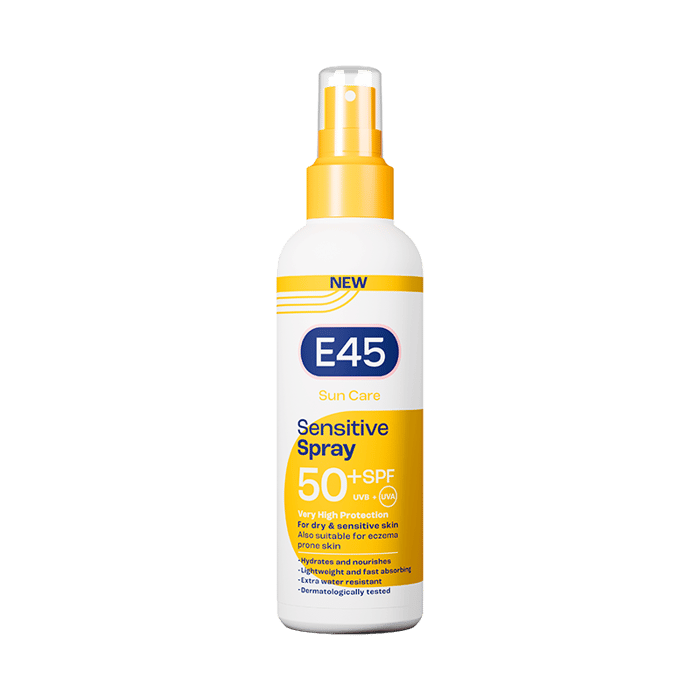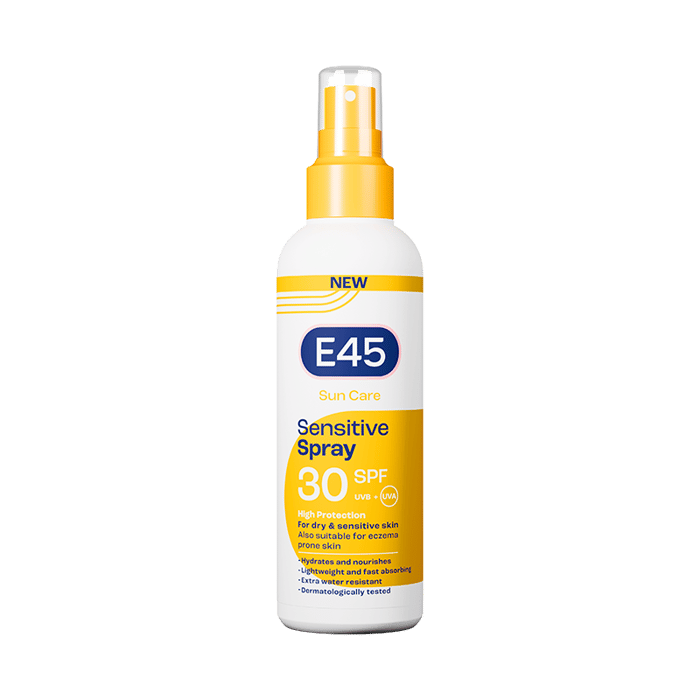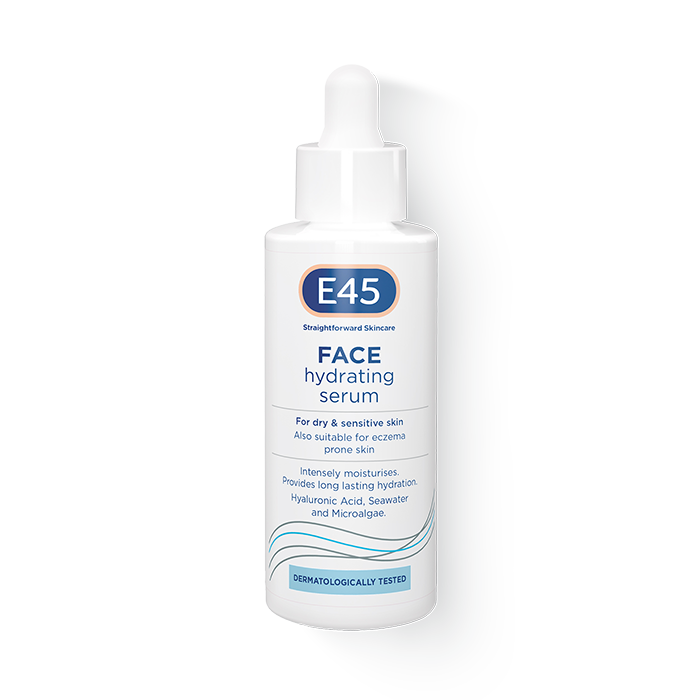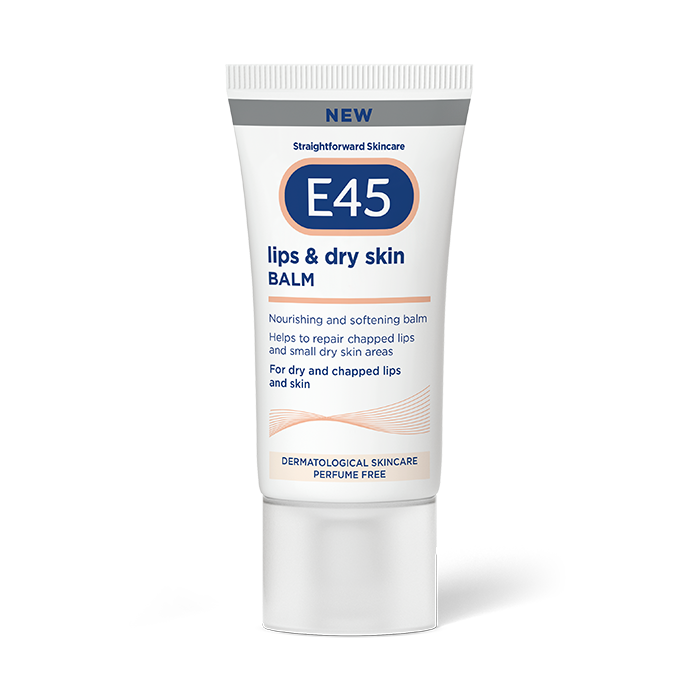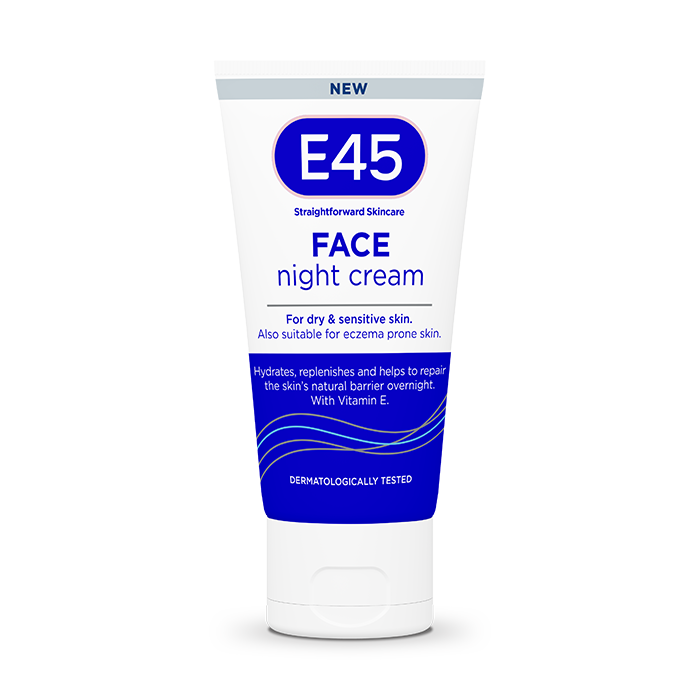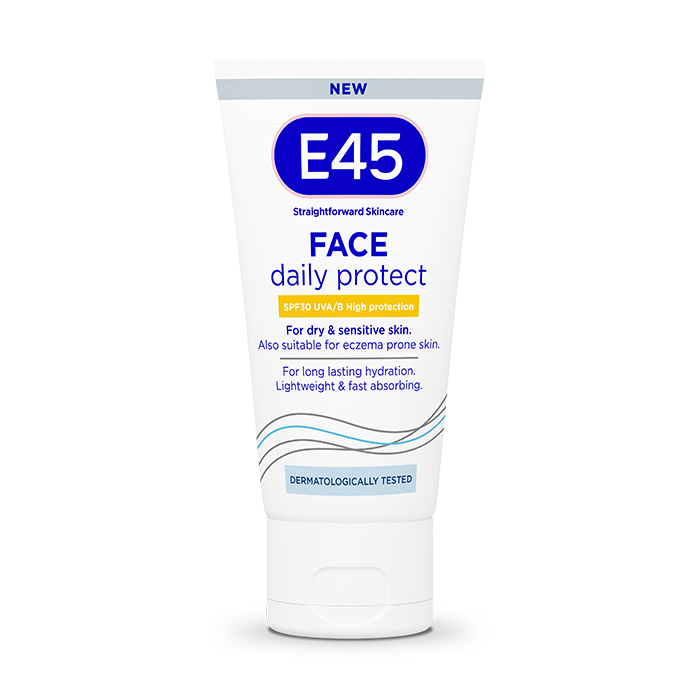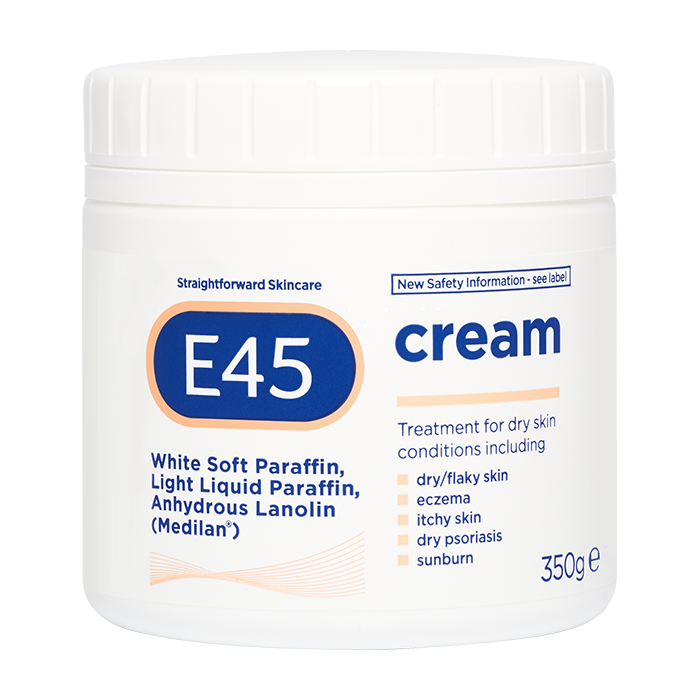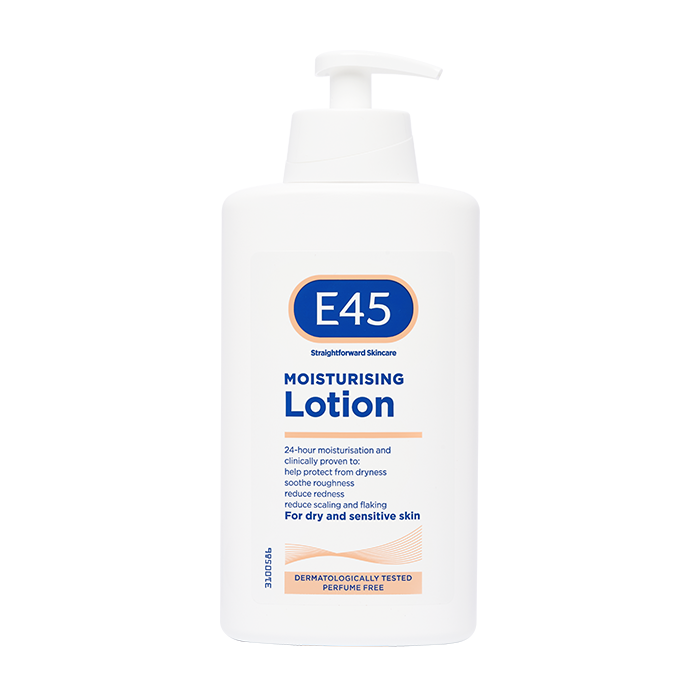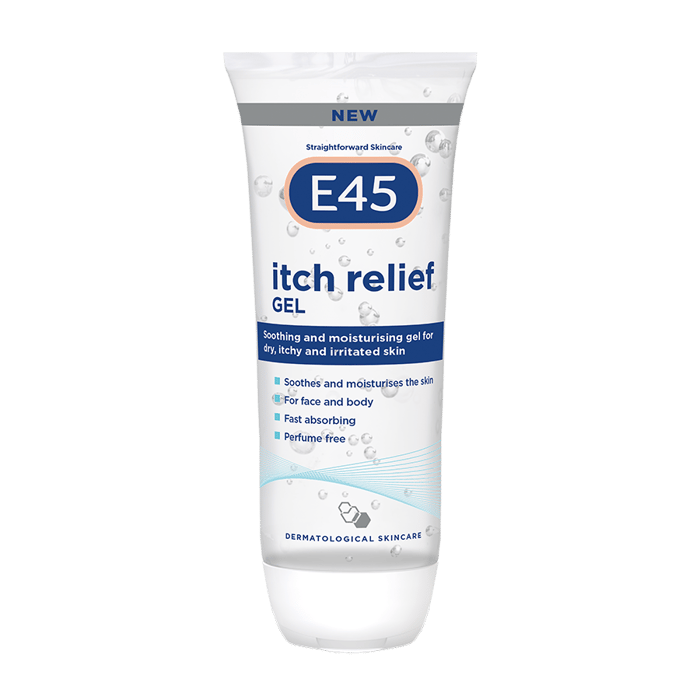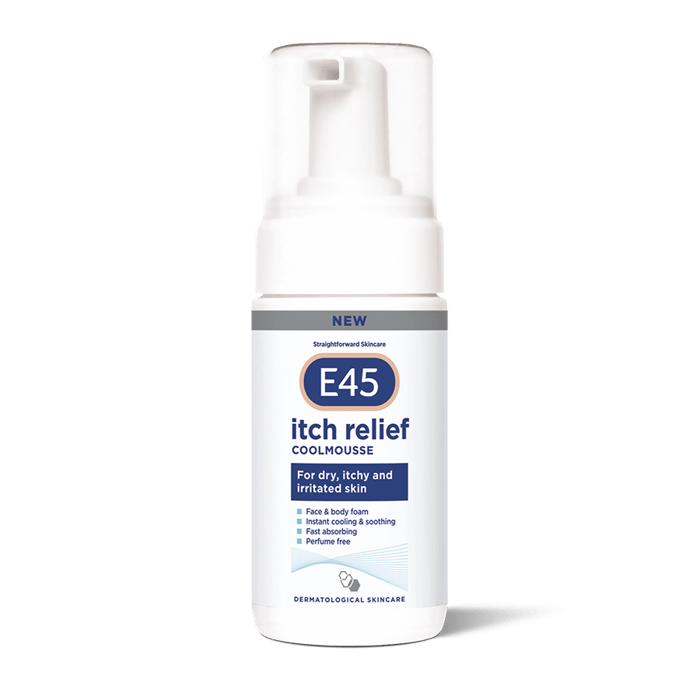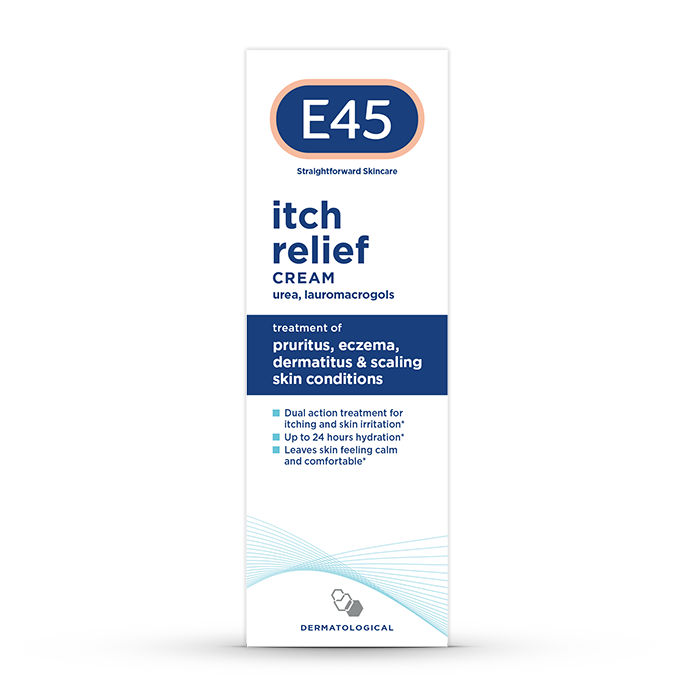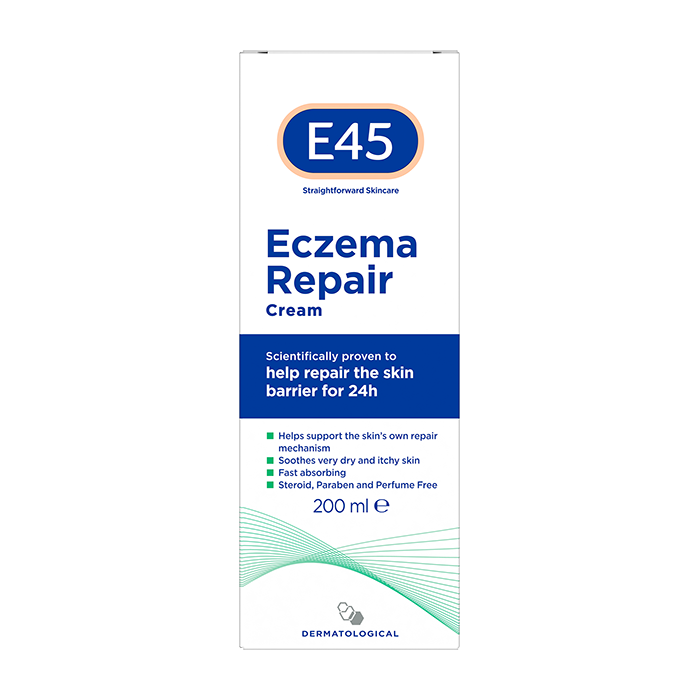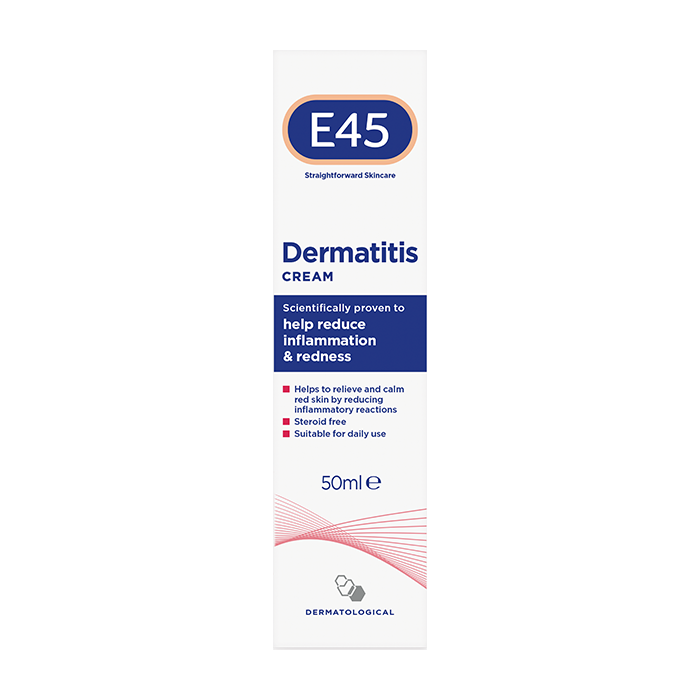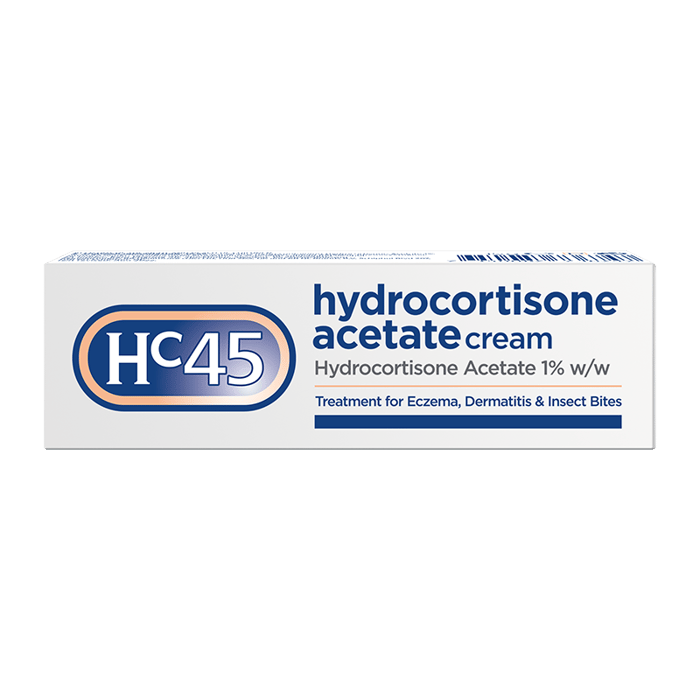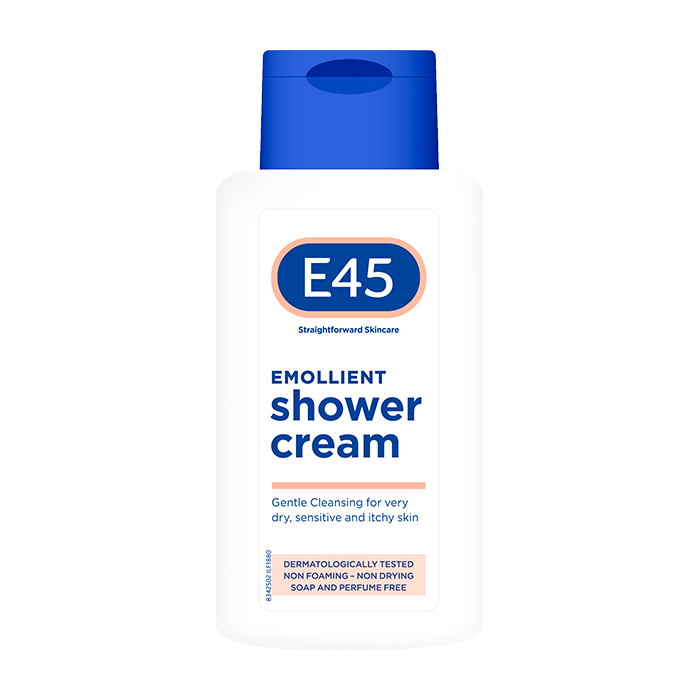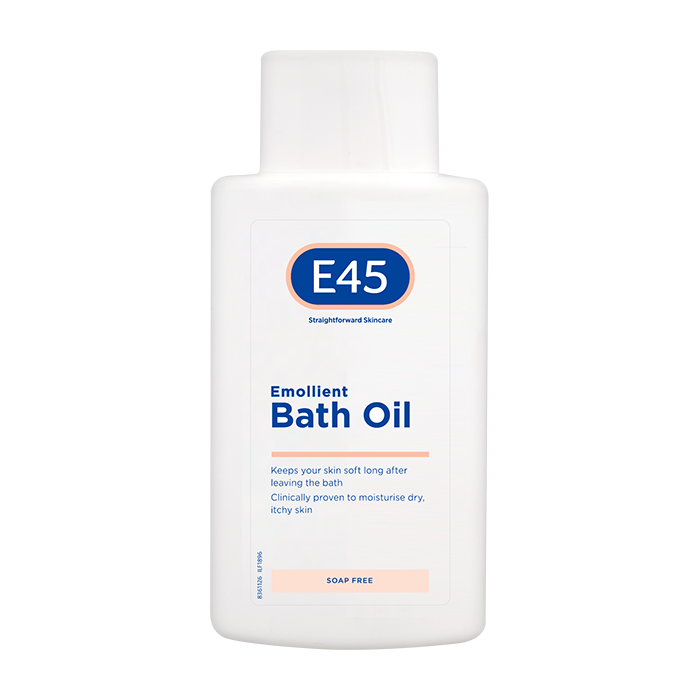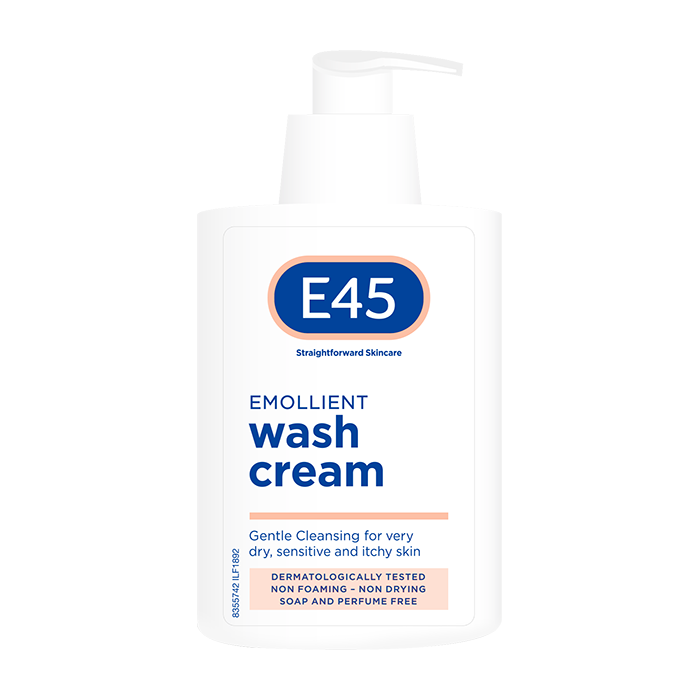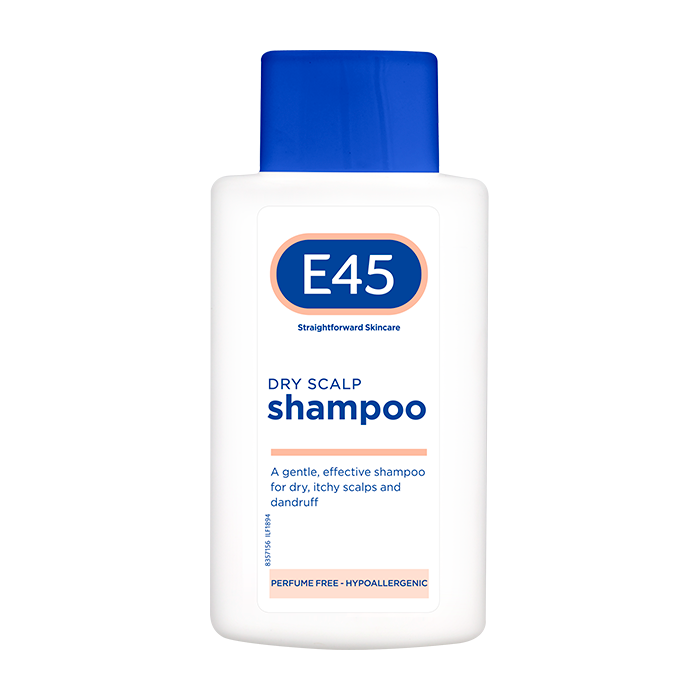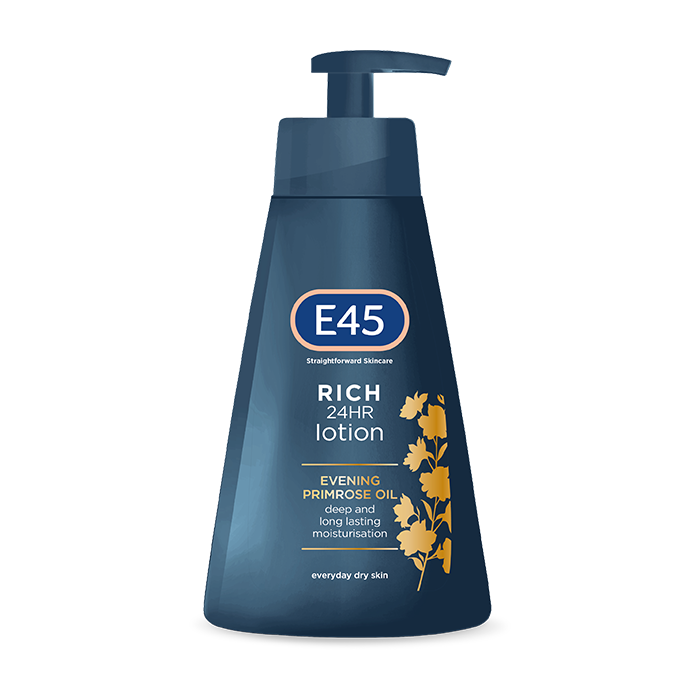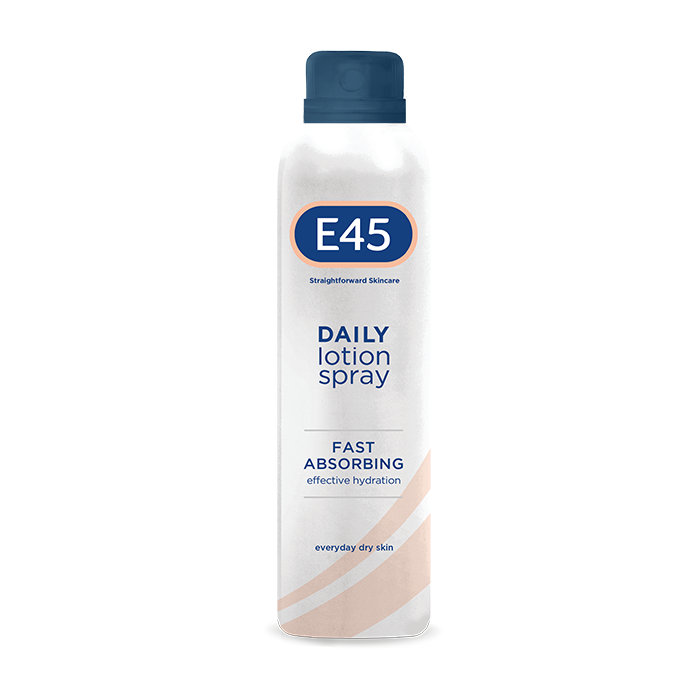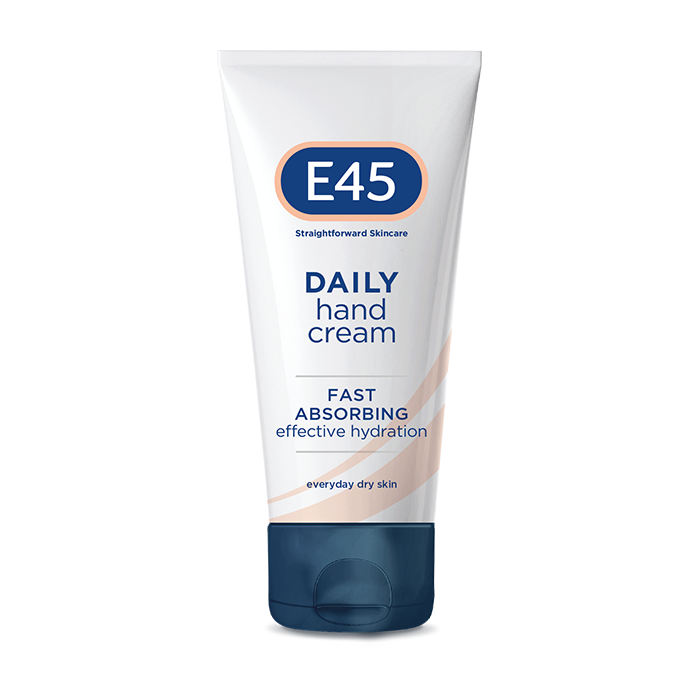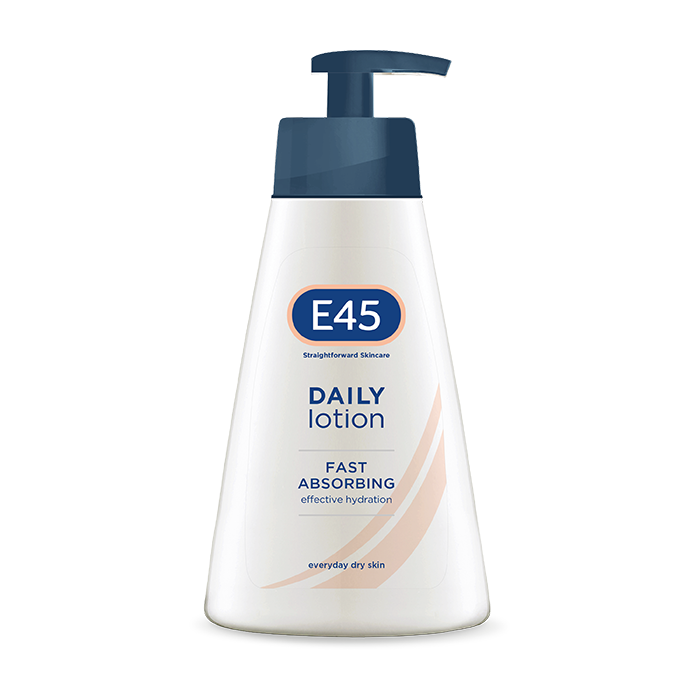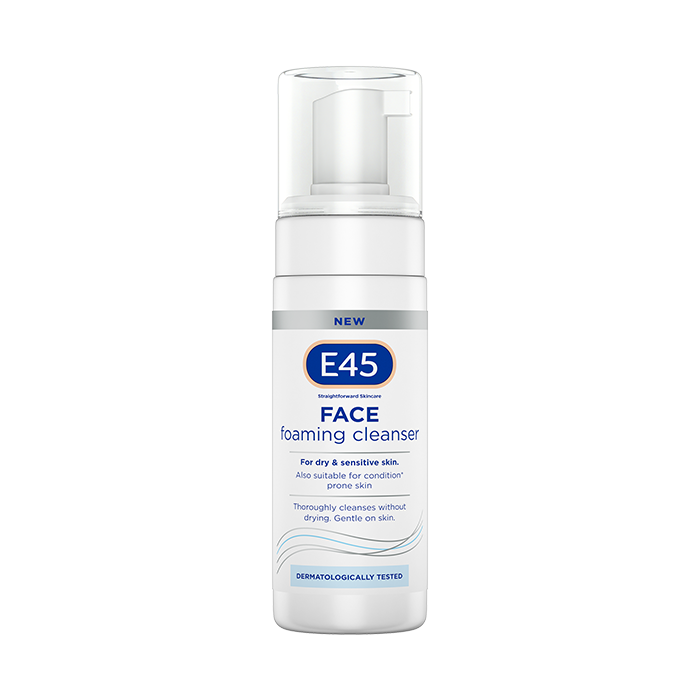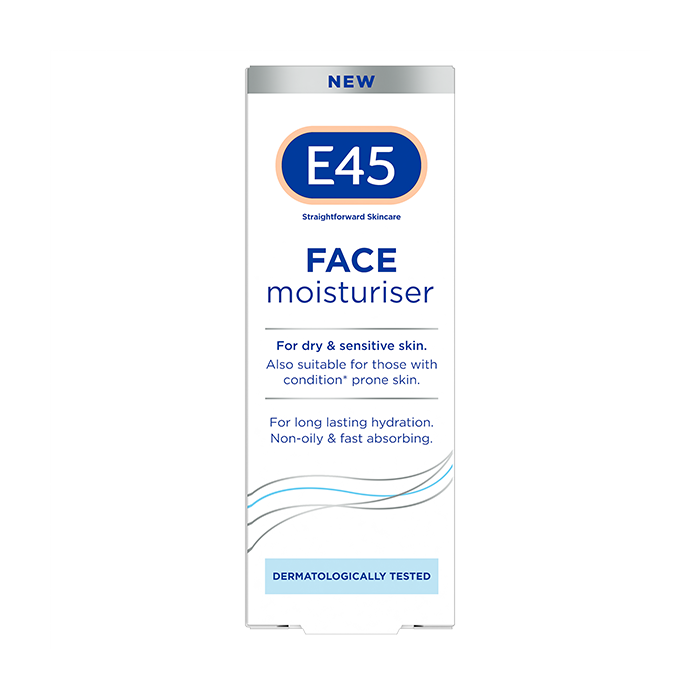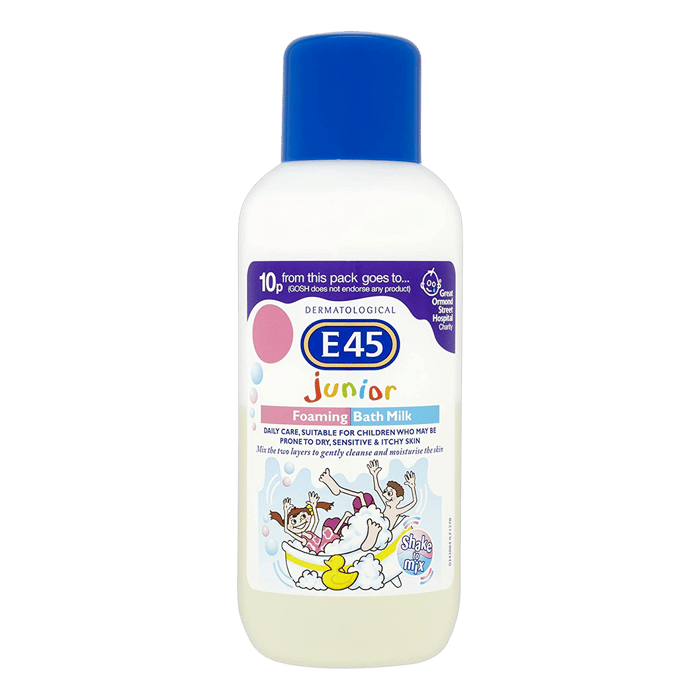Dry Skin
Dry skin is something that we can all experience at times. It might be due to the weather, central heating or even the clothes we wear.
What causes it and how do I manage it?
We can experience dry skin on its own or it can be a symptom of a skin condition, such as eczema, psoriasis and ichthyosis.
Healthy skin is usually able to stay hydrated. If the skin barrier is damaged, water is lost from the skin surface, causing dryness. There are many different things that can damage our skin barrier. Knowing what causes your dry skin can help you manage it better, to help maintain healthy skin.
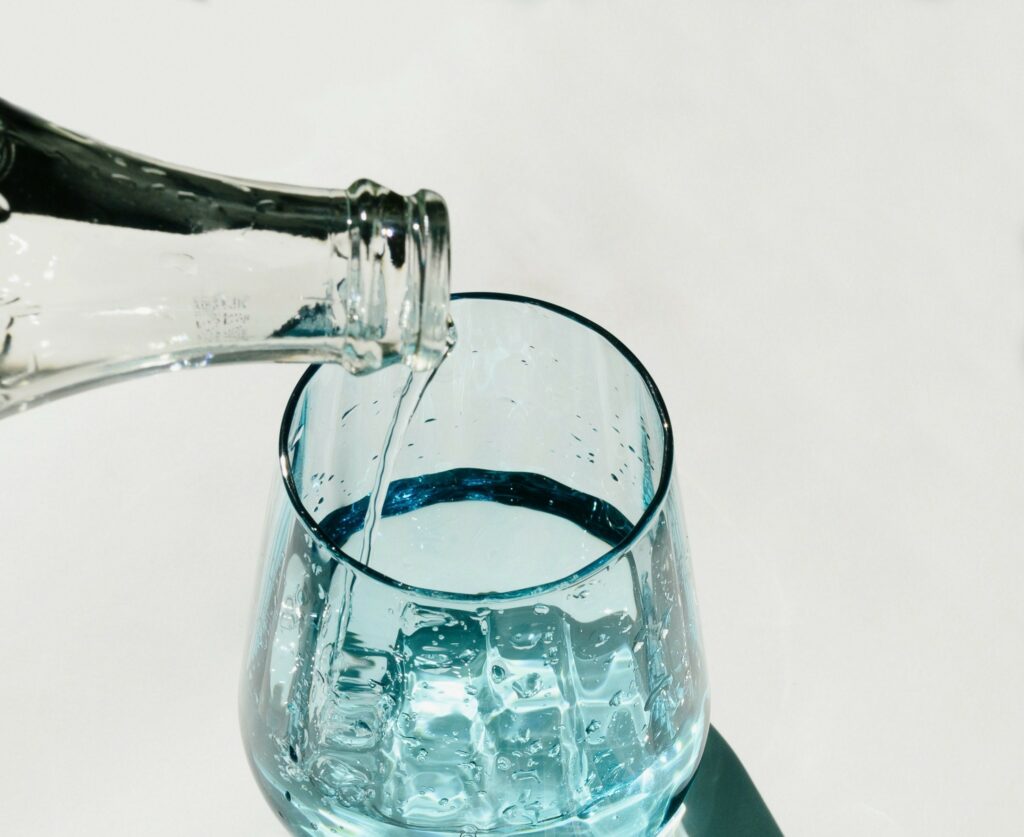
Defining dry skin
Dry skin can be a problem on its own or it can be a symptom of many other skin conditions. Here are some of the most common conditions.
Dry skin
Dry skin is skin that is lacking in moisture or oils. It can be due to things like the soaps and detergents we use, air conditioning, central heating or the weather. Or it can be a symptom of other skin conditions, such as eczema, psoriasis or ichthyosis.
Symptoms of dry skin can vary, depending on how severe it is. In mildly dry skin, you might have rough, slightly scaly skin that is red and may be itchy. Moderately dry skin is more scaly, red, itchy and may feel painful and cracked. With severe dry skin, the itching, scaliness and pain are more intense and any cracks may bleed. The longer you have dry skin, the more severe it may become – and you may find that your skin is often driest on your arms, lower legs and the sides of your stomach. Not everyone has the same skin type, therefore the areas affected is different for everyone.
Dry skin is more likely to become a problem as we age – it affects up to three-quarters of older people aged 64 and over. The condition is also more common in people with certain medical problems, such as an underactive thyroid or kidney failure.
Atopic eczema
There are many different types of eczema, but the most common is atopic eczema. This is a long-term inflammatory skin problem, also known as atopic dermatitis. Symptoms can be mild, meaning patches of dry skin, occasional itching and maybe some redness. Moderate symptoms include patches of red, dry skin, frequent itching, which can lead to disrupted sleep and confidence. In severe cases, large red areas develop, with dry skin that is always itchy and cracked, which may bleed or ooze. In addition, sleep is often badly disrupted, and so can be other everyday activities.
Although it can affect any part of your body, atopic eczema is most common on your face, scalp, hands and between your body creases like knees, elbows and armpits.
Contact dermatitis
This happens when your skin comes into contact with an allergen that triggers an immune reaction, or with an irritant that removes your skin’s natural protective oils. Skin can suddenly react to a product you’ve been using for a long time without any prior problems. In contact dermatitis, the skin becomes red, dry, flaky and itchy. In severe cases your skin may crack or blister and become weepy.
Psoriasis
There are many different types of psoriasis, but the most common is plaque psoriasis. Psoriasis can happen at any age, but most often starts between the ages of 10 and 35. It may also be associated with other medical conditions, such as diabetes, heart disease, Crohn’s disease, obesity, anxiety and depression.
Ichthyosis
There are many different types of ichthyosis, but the most common are ichthyosis vulgaris (which is an inherited condition that usually first develops in babies) and acquired ichthyosis (which develops in adults). Symptoms include fine, white-grey scales (these are said to be ‘fish-like’) which may appear darker on dark-skinned individuals, as well as rough skin, on the arms, legs, torso and scalp. You might find that the skin creases on the palms of your hands and soles of your feet are more pronounced and can sometimes crack. Up to half of people with ichthyosis vulgaris also have atopic eczema symptoms.
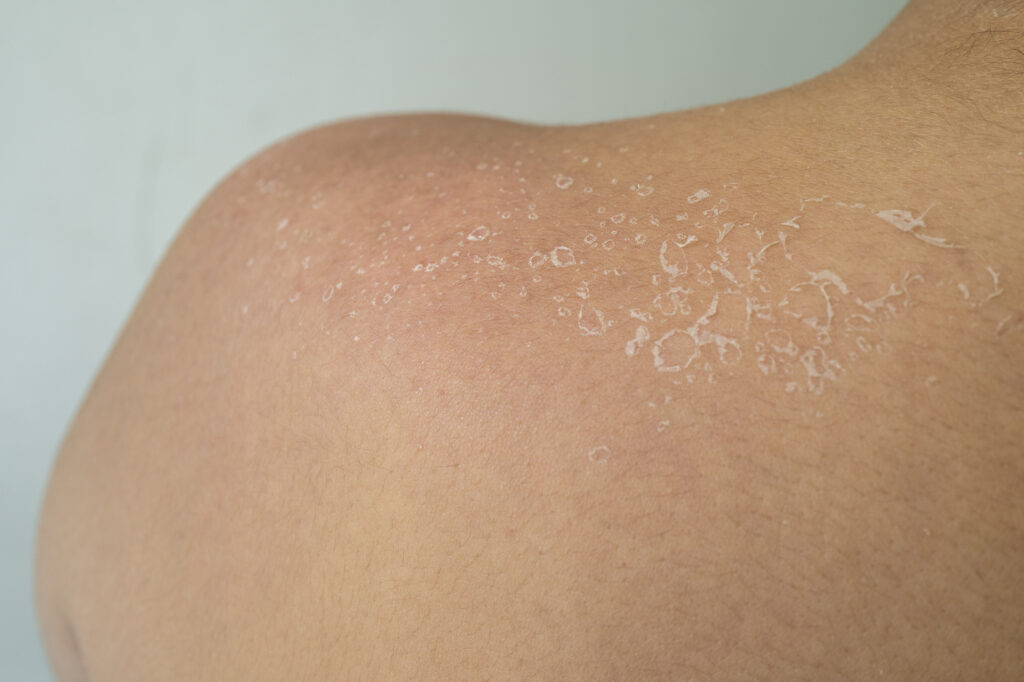
General symptoms of dry skin
Symptoms of dry skin can vary, depending on severity and cause. You may have a few of the following:
- Rough skin
- Tight skin
- Flaky skin
- Itchy skin
- Scale-like appearance
- Fine lines
- Cracked skin
- Sore painful skin
- Red skin
- Inflamed skin
- Bleeding skin
Dry skin triggers and factors
There are many different dry skin triggers, but the following are the most common.
Air conditioning and central heating
Anything that reduces humidity can lead to dry skin – this includes air conditioning, central heating or wood burners. Dry skin worsens in the winter months because there is less humidity and more chance that the central heating is on.
How to avoid
- Use a vaporiser or humidifier in your home
- You can also put moisture back into the air by placing bowls of water under radiators.
Cleansers
Soaps and cleansers are detergents that often have a high pH than our natural skin pH. These can remove water and fats from the skin, damaging our skin barrier. Excessive bathing or showering, especially in hot water, can be bad for skin health.
How to avoid
- Have short baths or showers, lasting less than 10 minutes
- Water should be lukewarm, rather than hot
- Use fragrance-free cleansers and detergents or soap substitutes
- Wear cotton-lined gloves when doing dishes or house chores
- Double-rinse clothing after washing to remove detergent traces – or use fabric balls as an alternative.
Clothing
Wearing tight clothes can cause dry skin or make it worse. That’s because this type of clothing can rub on the skin, causing friction that leads to dryness.
How to avoid:
- Don’t wear tight clothes, opt instead for loose clothing styles
- Wear clothes made from natural fabrics, like cotton or linen
- Wear breathable or sweat wicking clothing to help remove sweat and allow it to evaporate into the air.
Weather and temperature
In winter, cold weather outside and lack of humidity inside can cause skin dryness. Heat from the summer sun can also dry the skin.
How to avoid
- During the winter, follow the tips given in the air conditioning and central heating section
- In summer, limit the amount of time you spend in the sun.
- Wear sunscreen/ SPF lotion, one that is a broad-spectrum sunscreen
- Moisturise the skin daily.
Stress
Stress can make your dry skin worse as it triggers the production of substances in the body that can affect the skin barrier.
How to avoid
- Try relaxation techniques, such as deep breathing, yoga, tai chi or meditation
- Use distraction methods such as baking, knitting, or painting – whatever works for you
- Get a good night’s sleep. To help, try having a relaxing bath or shower before bed, avoid electronic devices for an hour or two before bedtime and sleep in a dark, cool room
- Exercise regularly – if sweat triggers your eczema, remove sweaty clothes as soon as possible afterwards and shower
- If you feel you can’t manage your stress, talk to a healthcare professional.
How to manage dry skin
Emollients
Emollients are moisturizers that can help with dryness and itching. They can come in many forms including creams, lotions, ointments or sprays. Emollients should be applied to the skin regularly, sometimes even multiple times a day. The area of coverage and frequency will change depending on your symptoms and condition, the severity and which product you are using. Having well moisturised skin can help create a barrier which can prevent flare-ups.
Applying emollients regularly can help dry skin by:
- Filling the space between the skin cells
- Trapping moisture in the skin
- Forming a protective barrier over the skin.
Some emollients may contain extra ingredients to help control itchiness.
As regular soaps and cleansers can irritate the skin and cause dryness, it is worthwhile considering using an emollient or a soap substitute when bathing. There are special emollients that can be used for washing just as you would use soap, or you can apply your leave-on emollient as a soap substitute. Be prepared though – while emollient soap substitutes clean effectively, they don’t lather up like regular soap. You can also add emollients to your bath.
Dry Skin FAQs
How Do You Fix Dry Skin?
You can use dry skin cream, like the Decubal Basic Original Clinic Cream. If you have excessive dry skin, you may need to seek the advice of a professional. Dry and dehydrated skin can also be fixed by making sure you are drinking enough water, staying out of the sun, and using any prescribed or over-the-counter creams.
How Do You Get Rid of Dry Skin?
It depends on the cause and severity. If you have minimal dry skin due to your skin type or the weather, you can likely get rid of dry skin with moisturisers and creams for dry skin.
Bespoke creams for dry skin, such as Decubal Basic Original Clinic Cream or Decubal Facial Vital Cream, will quickly soothe the symptoms and hydrate the skin.
If the cause of your dry skin is a medical condition, though, you might want to seek the help of a skincare specialist to help clear it up.
What Deficiencies Cause Dry Skin?
The main deficiencies that cause dry skin are Vitamin A, Vitamin D, Vitamin C, Vitamin E, Iron, Zinc, and Niacin.
Can I Have Both Oily and Dry Skin?
Yes – dry-oily skin is called combination skin. If you have both dry patches and oily areas, you have combination skin. Speak to your dermatologist if you’re not sure.
What’s the Difference Between Dry and Dehydrated Skin?
Dehydrated skin lacks water, whereas dry skin lacks oil. Combatting very dry skin often involves using plenty of oils.
What are the Three Types of Dry Skin?
When you have dry skin, you might have either dermatitis, psoriasis, or be experiencing winter dry skin.

